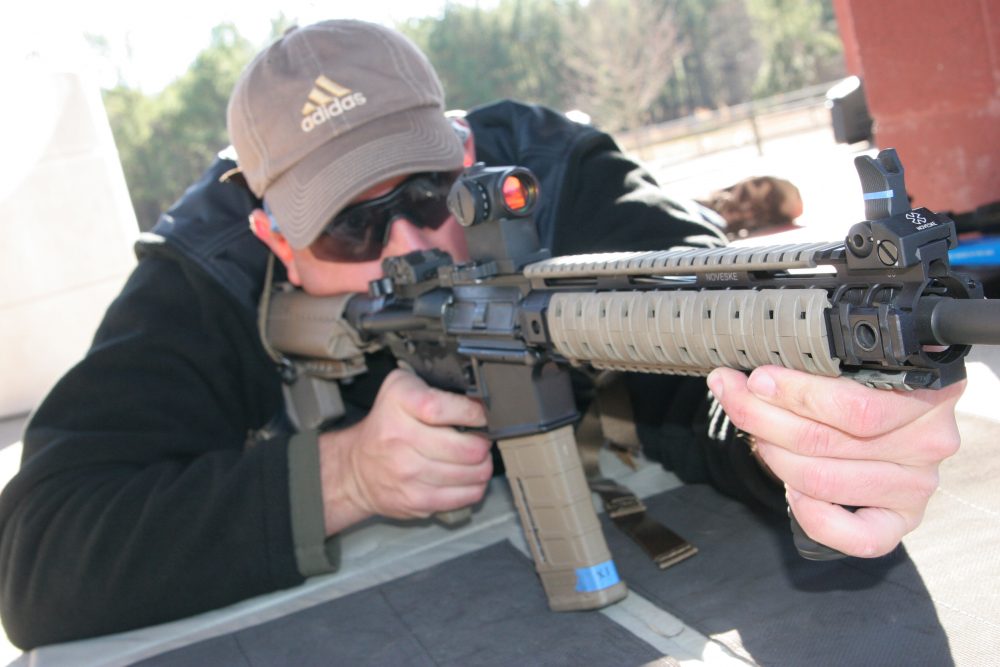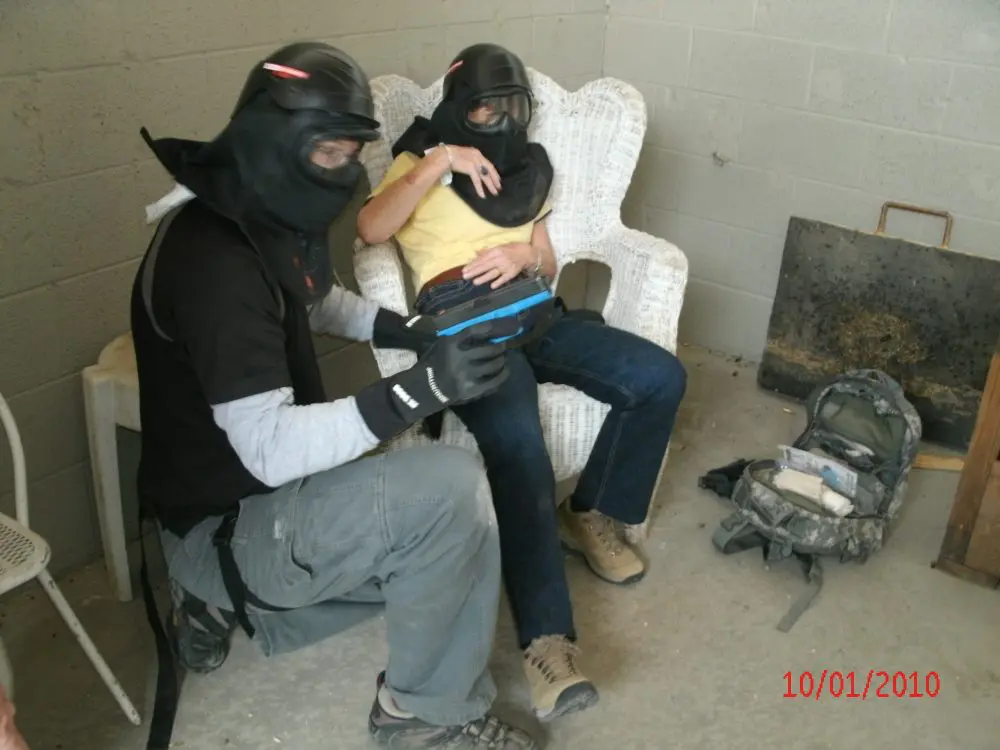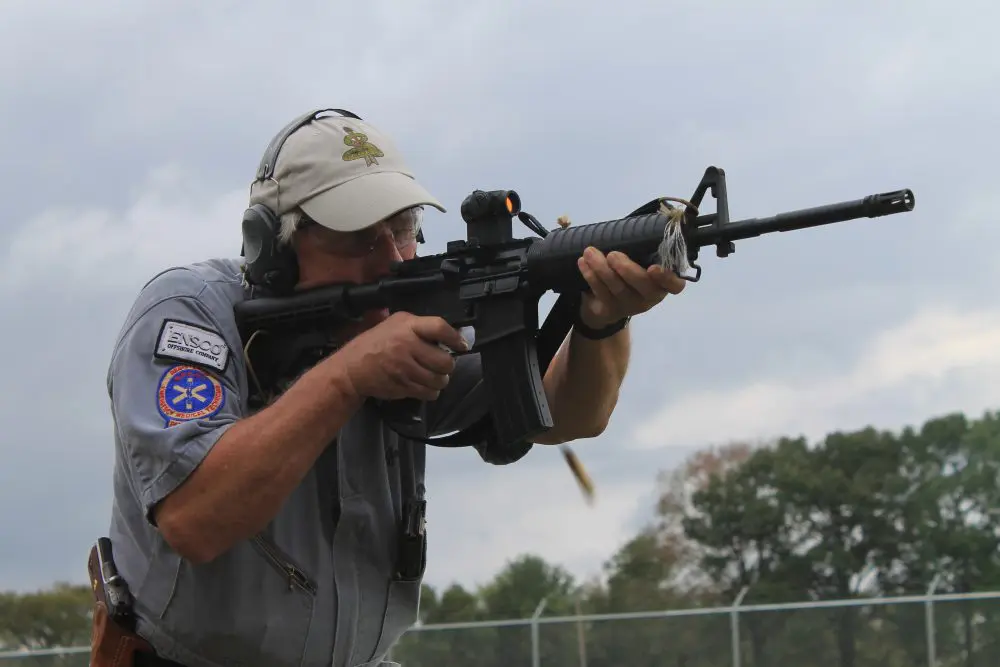In my previous column, I discussed what you might expect should you be struck by gunfire. Since the expectation can run the gamut due to all the variables present in gunfights, it is probably a wise move to steel yourself ahead of time should this become a reality.
All of us are different. We have different physical compositions, we have different backgrounds and life experiences, different comfort zones and varying tolerance to pain. To make this as simple as possible, we can break the personal reaction to gunshot wounds down into two categories—physiological and psychological.
Physiologically there is, of course, pain. There can also be the sensation of intense numbing of affected body parts or paralysis and non-responsiveness of body parts. If you’ve ever had your legs in an awkward position and then stood up and your leg refused to respond, you’ve experienced a prime low-grade response to this problem. If you’ve ever had extremely cold hands that refuse to move as you’ve expected them to throughout your life, then you know what it means to have non-responsive body parts.
Pain is somewhat subjective: what I may perceive as painful on a certain level may be more or less than what you would perceive as painful on the same level. (In many documented instances of extremely severe sustained wounds, there is little or no sensation of pain. The body goes into pure survival mode and shuts down pain receptors.) Some individuals can push through pain with seemingly little or no effort, while others may struggle with it. Most of us have been on the range when hot brass from a semiautomatic rifle has gone down someone’s collar or into their shirt. Some individuals dance around while invoking colorful invectives at full volume, yet others will continue on until things have settled down and they calmly pull their shirt out as they too, invoke colorful invectives—they’re just quieter about it.
Why do we have such disparate reactions? Each human is unique, so each simply reacts differently. Those of you who’ve been in this business long enough know of instances where an officer who’s been shot to doll rags has pulled through in a style that the rest of us could only hope to display given the same conditions. We have also known of officers who have sustained less injurious wounds and have simply given up altogether, with tragic results. Part of this reaction may be due to pain, but a greater part may well be the psychological reaction individuals are conditioned to.
The awareness that you’ve been severely injured can bring on different reactions. Looking down on a severed limb or open flesh and exposed bones that you realize are your own will carry with it the stark realization that things are not going your way. How you deal with it from here on out is up to you. An LAPD shooting at Montclaire and Adams Boulevards in Wilshire Division back in 1968 is a classic example.
Officers Limas and Roberge stopped four Black Panthers who had intentionally drawn them into a vehicle stop. The officers had all four suspects positioned in a modified wall search with their hands on their vehicle in a standing position. On a subtle command—and all at once—the four suspects turned on the officers and opened fire. Both officers were struck multiple times at the outset and both still had their pistols holstered. Limas suffered a severe wound to the stomach and hand, and Roberge suffered through and through wounds to both knees, as well as other bullet strikes. Despite both officers sustaining these severe wounds, they managed to kill three of the suspects, with the fourth running away. Roberge managed to perform a speed reload of his revolver from the prone position, despite both legs being crippled. Limas, in intense pain and suffering a near fatal stomach wound, was in the fight to the very end. They turned the tide in their favor from nothing more than sheer willpower and determination. This works!
Personally I have always found that when I was involved in an altercation and things got out of hand, I was indifferent to pain. That’s just the way I always dealt with injury, both in sports and on the street. Another factor is that I never wanted to fail or let my partners down, regardless of the final outcome. After all, the worst that can happen is that you die and, as the SEALs say, “Then you won’t feel anything anyway.”
Modern medical technology can pull you through a lot of injuries that in the past would have been fatal—not always, but very often. If you keep this fact in mind, then you know that if you continue on and fight through the injury, the pain, and the shock of what you have sustained, you have a good chance of coming out of it alive. It may not be pretty, but you’re alive and that’s certainly better than the alternative.
Part of me was always angry when a suspect turned on me when he had set the stage. He had disregarded the options given to him, and ultimately he had decided to have a go at it. The understanding that I was the good guy and he was the bad guy allowed me to fight through any pain and injury to bring the situation under control as soon as possible, so that it didn’t escalate to the next level. I simply dealt with my injuries at a later point in time.
Channeling one’s anger at the fact that some nefarious type is intentionally trying to separate you from your family, friends and partners should be incentive enough to disregard whatever has happened to you and to prevail in the fight despite physical injury. Of all the tactics that we train to, this is the one that must be dealt with psychologically well before the fact.
You can survive and you can be mended—the alternative isn’t an option.
[Scott Reitz is a 30-year veteran of the Los Angeles Police Department and the director of the highly acclaimed International Tactical Training Seminars. Course information and schedules are available at their website at www.internationaltactical.com or by email at [email protected].]




